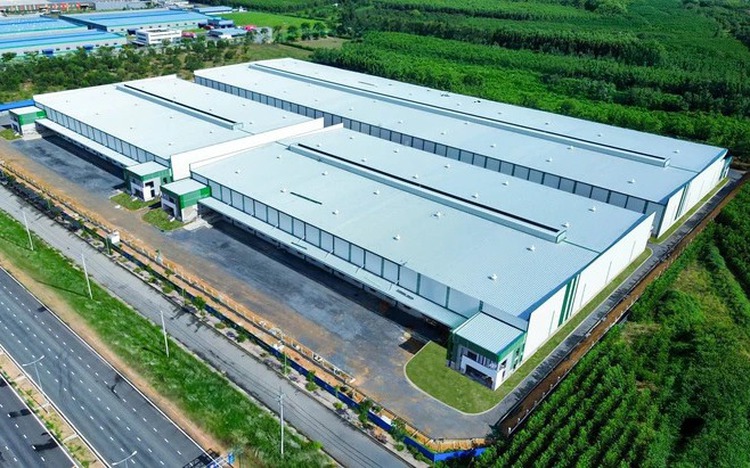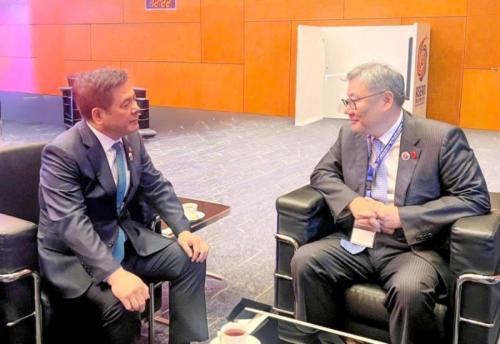Green industrial properties turn spotlight as Vietnam’s FDI inflows accelerate
Foreign direct investment (FDI) into Vietnam is rising significantly, boosting the economy while setting higher standards for green industrial properties that meet modern infrastructure and environmental, social, and governance (ESG) criteria.
The World Bank’s September 2025 update said that Vietnam’s economy remains resilient amid global volatility.
Key destination for FDI Inflows
Steady FDI Inflows reflect foreign investors’ optimism in the country’s growth prospects.
Specifically, FDI disbursement reached US$26.2 billion in the 12 months to June 2025, up 9.3 percent from a year earlier.
Notably, registered FDI surged 23.8 percent, led by manufacturing (51 percent) and real estate (22 percent).
Industrial parks and ready-built factories are filling fast, with occupancy at 80 percent in the north and 89 percent in the south, according to property consultancy CBRE.
Savills data showed manufacturing attracted nearly $12 billion in the first half of 2025, more than half of total registered FDI, reflecting investors’ search for resilient supply chains.
Green-certified factories drawing FDI
John Campbell, head of industrial services at Savills, Ho Chi Minh City, said the rise in new manufacturing projects in Vietnam not only signals fresh capital inflows but also reflects investors’ drive to expand strategic bases and secure more flexible, stable supply chains.
Specifically, green-certified factories, those using renewable energy, cutting carbon emissions, and complying with ESG Standards, are an increasingly decisive factor in attracting foreign capital.
Occupancy rates for ready-built factories and warehouses hit 88-89 percent in the first half of 2025, the highest in three years.
“Investors now prioritize flexibility, speed, and sustainable infrastructure,” said Campbell.
Vietnam Industrial Park Group’s managing director, Hardy Diec, said global investors were demanding sustainable facilities, with projects like DEEP C (Phase 2) in northern Hai Phong City and Nhon Trach 6D in southern Dong Nai Province built to international green standards such as LEED Certification.
Additionally, supporting services tailored to the preferences of foreign investors are seen as a key to helping them operate effectively in Vietnam, from entry to full-scale operations.
Industrial park occupancy remains high
According to the Ministry of Construction, Vietnam’s industrial property market stayed tight in the second quarter of 2025, with occupancy at 83 percent in the north and 92 percent in the south, highlighting strong demand in industrial hubs such as Bac Ninh, Hai Phong, Hung Yen, Binh Duong, and Ho Chi Minh City.
Source: Van Giang - Ngoc Hien / Tuoi Tre
Photo: Ngoc Hien / Tuoi Tre





